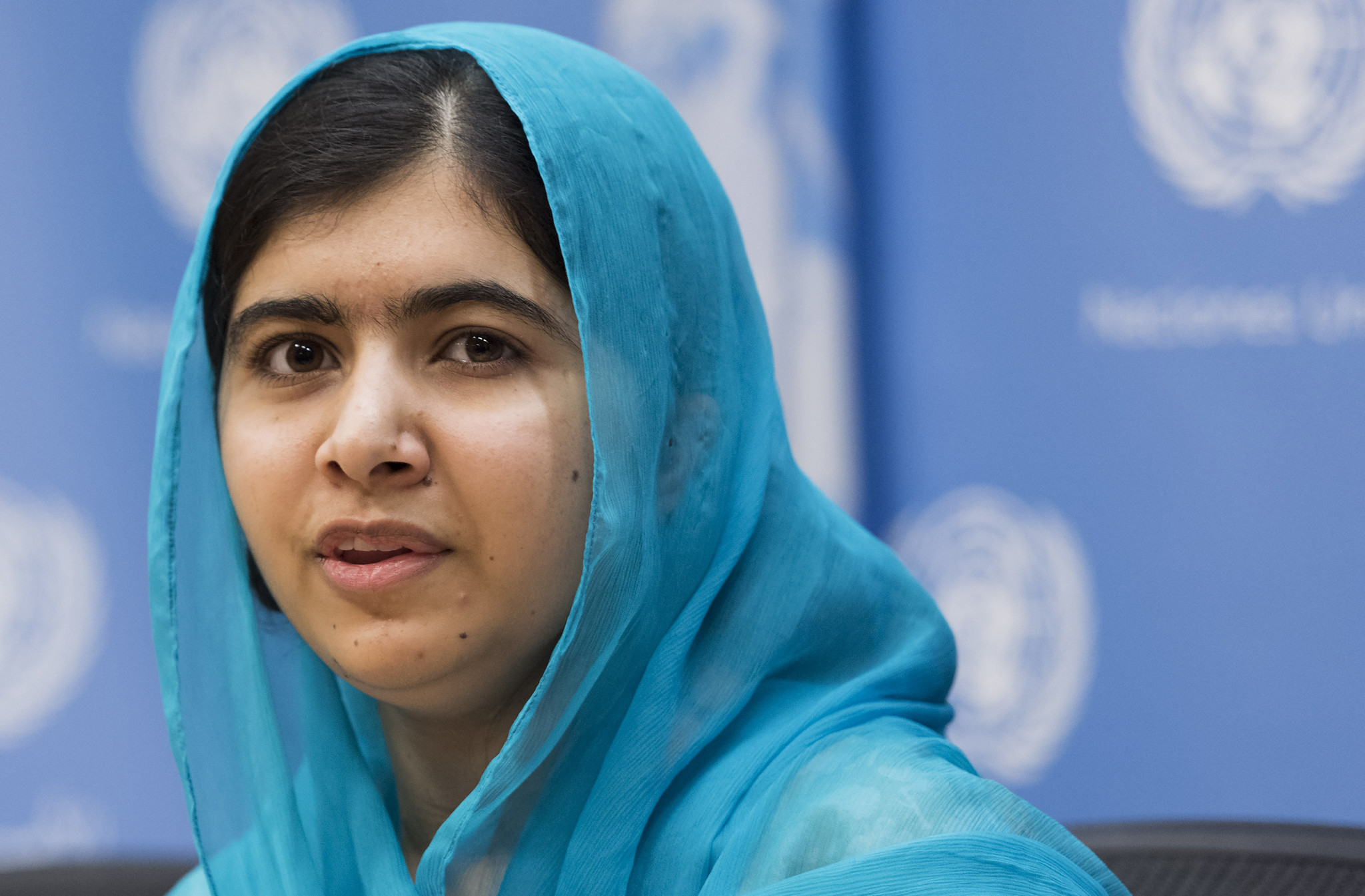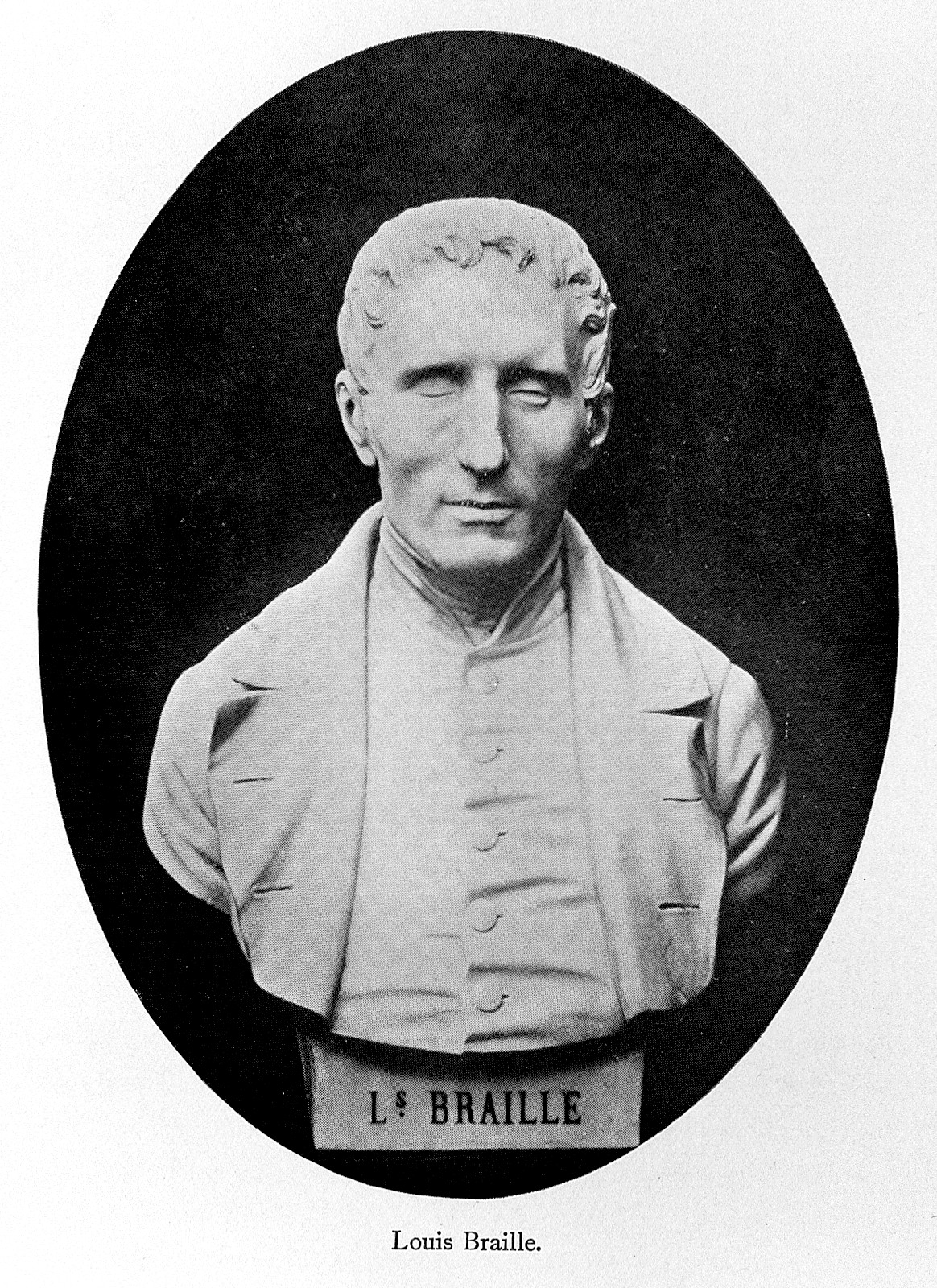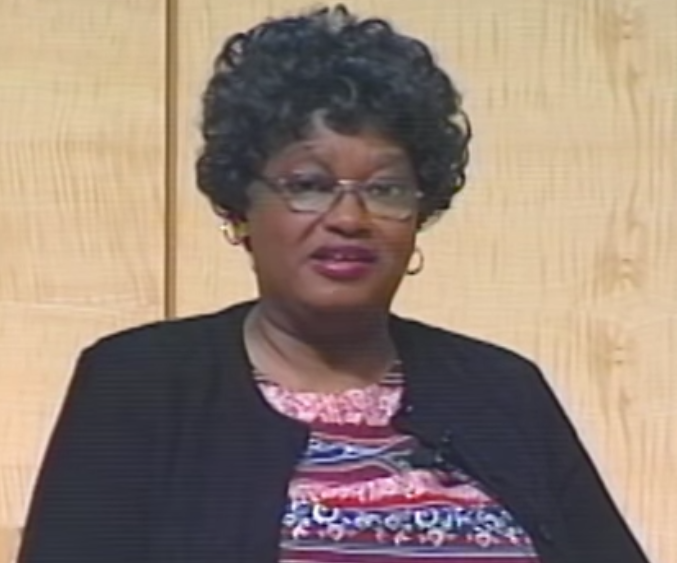
Celebrating the Power and Promise of Youth
International Youth Day (August 12)
Every August 12, the world turns up the volume on youth power. International Youth Day isn’t just a date on the calendar – it’s a global salute to the passion, creativity, and unstoppable drive that young people bring to our communities. Since the United Nations launched it in 1999, this day has been about more than applause. It’s about action. From leading climate strikes to coding breakthroughs, fighting for justice to reshaping culture, young people aren’t simply “leaders of tomorrow.” They’re the changemakers rewriting the world right now.
History tells the same story: the boldest ideas and biggest leaps forward often start with youthful vision. Age has never been a barrier to brilliance and, time after time, it’s been the courage of the young that’s turned the tide. So today, let’s celebrate not only the rising generation but also a few trailblazing teens whose actions shifted history before they even reached adulthood.
-
Malala Yousafzai – A Voice for Girls’ Education (Born 1997)

Malala Yousafzai at UN Headquarters. Credit: UN Photo/Mark Garten on flickr, Creative Commons CC BY-NC-ND 2.0 license
One of the most powerful examples of modern youth activism is Malala Yousafzai, who began speaking publicly about girls’ right to education in Pakistan at the age of 11. Living in the Swat Valley under Taliban rule, where girls were banned from attending school, Malala courageously wrote a blog for the BBC under a pseudonym in 2009. She described life under the Taliban and her deep desire to continue her education.
Her advocacy made international headlines when, in 2012, she survived an assassination attempt by a Taliban gunman while riding home from school. Instead of silencing her, the attack amplified her voice. Malala went on to co-author the memoir I Am Malala and, in 2014, became the youngest-ever Nobel Peace Prize laureate at age 17. Through the Malala Fund, she continues to fight for educational access for girls around the world.
Malala’s journey is a vivid reminder that courage and conviction aren’t bound by age. Her voice echoes the voices of millions of girls worldwide who dream of learning and leading.
-
Louis Braille – Inventing a Language of Light (1809–1852)

Portrait bust of Louis Braille. Photo credit: Wellcome Collection, CC BY 4.0 license, via Wikimedia Commons
Imagine inventing a system that would transform life for millions of blind and visually impaired people, and doing it before turning 16. That’s exactly what Louis Braille did.
Blinded at the age of three in an accident in his father’s workshop, Braille was determined to learn and communicate despite his disability. At just 12 years of age, while studying at the Royal Institute for Blind Youth in Paris, he learned of a military night-writing system using raised dots. By the age of 15, he had adapted and improved this code into a simplified system that would become known as Braille.
His invention, published when he was only 20, was initially met with resistance. Yet it eventually revolutionized literacy for blind individuals around the globe. Today, Braille remains the foundation of tactile literacy systems in dozens of languages. His genius as a teenager gave generations of blind people the gift of reading, writing, and independence.
-
Claudette Colvin – The Teen Who Refused to Give Up Her Seat (Born 1939)

Claudette Colvin, 2005. Photo credit: San Francisco Public Library, Creative Commons CC BY 3.0 license
Long before Rosa Parks became the face of bus resistance in Montgomery, Alabama (USA), a brave 15-year-old high school student named Claudette Colvin made a stand for civil rights. On March 2, 1955, Colvin refused to give up her bus seat to a white passenger, nine months before Rosa Parks would do the same.
Colvin was arrested and her story, though not as widely known, played a critical role in the fight against segregation. She later became one of the four plaintiffs in Browder v. Gayle, the landmark 1956 court case that ruled bus segregation unconstitutional.
Though young, Claudette Colvin was clear in her convictions. “I felt like Sojourner Truth was pushing down on one shoulder and Harriet Tubman on the other,” she once said. Her courage as a teenager helped ignite the Montgomery Bus Boycott and fueled the civil rights movement that followed.
Today’s Youth: Innovators, Activists, Leaders
These stories from different centuries and continents show what young people are capable of when they dare to dream and act. But youth empowerment isn’t just about individual heroes; it’s also about creating the environments in which young people can thrive.
Today, we see youth leading climate protests, building apps to solve community problems, starting nonprofits, and challenging global inequalities. According to the United Nations Population Fund, there are currently over 1.2 billion young people aged 15 to 24 worldwide. That’s 16% of the global population and an immense wellspring of ideas, innovation, and resilience.
On this International Youth Day, we must do more than just celebrate young people. We must invest in their futures. This means equitable access to education, healthcare, and economic opportunities. It means listening to their voices, supporting their visions, and opening doors to leadership at all levels.
The Future Belongs to the Bold
If history teaches us anything, it’s that young people have always been at the heart of progress. Whether they were speaking out against injustice, inventing life-changing tools, or standing up for the marginalized, youth have never waited to be invited – they’ve stepped forward, even when the odds were against them.
As we celebrate International Youth Day this August 12, let’s commit to nurturing the next generation of changemakers. Let’s recognize the Malalas, the Brailles, and the Colvins among us, and support the millions more who are ready to light the way.
Because when we empower youth, we invest in a brighter, bolder, and more compassionate world.

